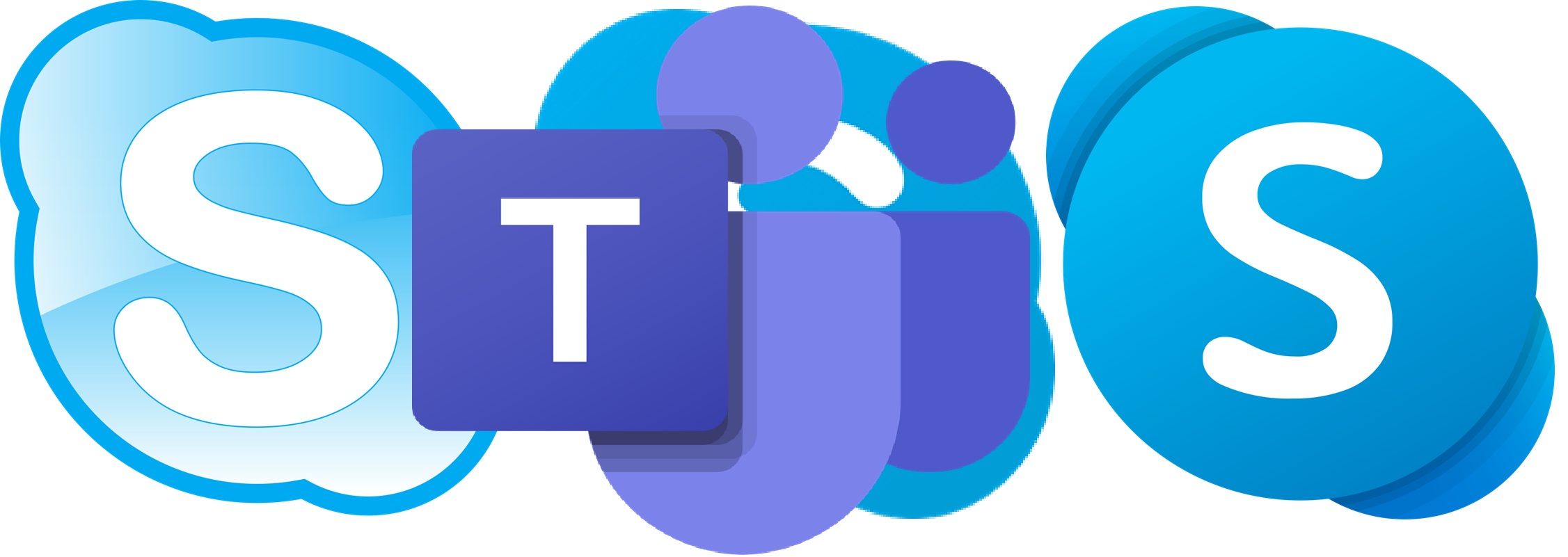
Microsoft to Retire Skype, Pushing Users Towards Teams
Microsoft is officially pulling the plug on Skype, the pioneering internet telephony service that helped shape the landscape of online communication. The company announced that Skype will be discontinued by May 5, 2025, marking the end of an era for a platform that was once synonymous with VoIP (Voice over Internet Protocol) technology. In its place, Microsoft is urging users to migrate to the free version of Microsoft Teams.
The decision signals a decisive shift in Microsoft’s communication strategy, consolidating its efforts around Teams as its primary platform for both personal and professional use. While Skype held a prominent position in the early days of internet communication, Microsoft believes that Teams, with its broader feature set and modern interface, is better suited to meet the evolving needs of today’s users.
Jeff Teper, president of Microsoft 365 Collaborative Apps and Platforms, explained the rationale behind the move in a recent blog post. "In order to streamline our free consumer communications offerings so we can more easily adapt to customer needs, we will be retiring Skype in May 2025 to focus on Microsoft Teams, our modern communications and collaboration hub," he stated. Teper emphasized that the way people communicate has changed significantly since Skype’s inception, necessitating a more comprehensive and adaptable solution.
Skype’s journey began in 2003, founded by Niklas Zennstrom and Janus Friis. It revolutionized communication by enabling users to make "phone calls" over the internet using a peer-to-peer protocol. This technology, which later became widely known as VoIP, offered a cost-effective alternative to traditional phone calls, particularly for international communication. Skype quickly gained popularity, attracting millions of users and disrupting the telecommunications industry. Its innovative approach caught the attention of eBay, which acquired Skype in 2005 for $2.5 billion in stock.
However, eBay’s ownership of Skype was relatively short-lived. In 2011, Microsoft stepped in and acquired Skype for a staggering $8.5 billion, recognizing its potential to integrate with its broader ecosystem of software and services. At the time, the acquisition was seen as a strategic move to bolster Microsoft’s presence in the communication space and compete with emerging rivals. In 2013 Skype released its free video app and claimed over 70 million users were using the app simultaneously.
Microsoft initially attempted to integrate Skype more closely with Windows, aiming to make it a seamless part of the operating system experience. However, the seeds of Skype’s eventual demise were sown with the launch of Microsoft Teams in 2017. Originally conceived as a competitor to Slack, Teams started as a chat-based platform for businesses but rapidly expanded to include video conferencing and other collaboration features.
In 2018, Microsoft began to aggressively promote Teams as a replacement for Skype, even launching a free version of Teams to attract users from Slack. This strategy mirrored Microsoft’s approach with Skype for Business, which was eventually discontinued in 2021 in favor of Teams. James Skay, the senior marketing manager for Skype for Business, stated in 2019 that Microsoft felt confident in recommending Teams as an upgrade to all Skype for Business Online customers after working closely with customers to refine the platform.
Despite Microsoft’s efforts, consumers have largely resisted the transition to Teams. The company launched a consumer-focused version of Teams in 2021, but it failed to gain significant traction. Other initiatives, such as Teams Chat in the Windows 11 Taskbar and Microsoft Teams for Home with shared grocery lists, also failed to resonate with users. Despite streamlining the business and consumer versions of Teams into a single application, Microsoft has struggled to convince consumers to embrace the platform.
Microsoft claims that the number of minutes spent in consumer Teams calls has quadrupled over the past two years, but it has not provided specific figures to contextualize this growth. Meanwhile, other communication apps like Discord have gained popularity, particularly among younger users, effectively replacing Skype’s chat and calling capabilities.
Faced with limited success in enticing users to switch from Skype to Teams voluntarily, Microsoft is now resorting to a more forceful approach. The company plans to shut down Skype entirely, forcing users to migrate to Teams if they wish to continue using Microsoft’s communication services.
Over the coming days, Skype users will be able to sign into Teams (free) using their Skype credentials. This migration process will automatically transfer chats and contacts from Skype to Teams. Microsoft is encouraging users to download Teams from its website.
The sunsetting of Skype will also affect paid features. Microsoft will no longer offer new customers access to paid Skype features, such as international and domestic calls using pay-as-you-go credit and subscriptions. Current Skype subscription users can continue to use their credits and subscriptions until the end of their next renewal period. After May 5, 2025, the Skype Dial Pad will be available to remaining paid users from the Skype web portal and within Teams.
During the transition period, Skype and Teams users will be able to communicate with each other. However, this interoperability will cease on May 5, 2025, when Skype is officially shut down, marking the end of its 22-year run.
The decision to retire Skype is a significant moment in the history of internet communication. While Skype may be fading into the background, its legacy as a pioneer of VoIP technology and a driver of innovation in online communication will endure. Whether Teams can successfully fill the void left by Skype remains to be seen, but Microsoft is clearly betting that its comprehensive communication and collaboration platform is the future of online interaction. The company hopes that by consolidating its efforts around Teams, it can provide a more unified and seamless experience for users, adapting to the evolving needs of the digital age. Only time will tell if this strategy will resonate with consumers and whether Teams can truly replace the iconic status that Skype once held.
